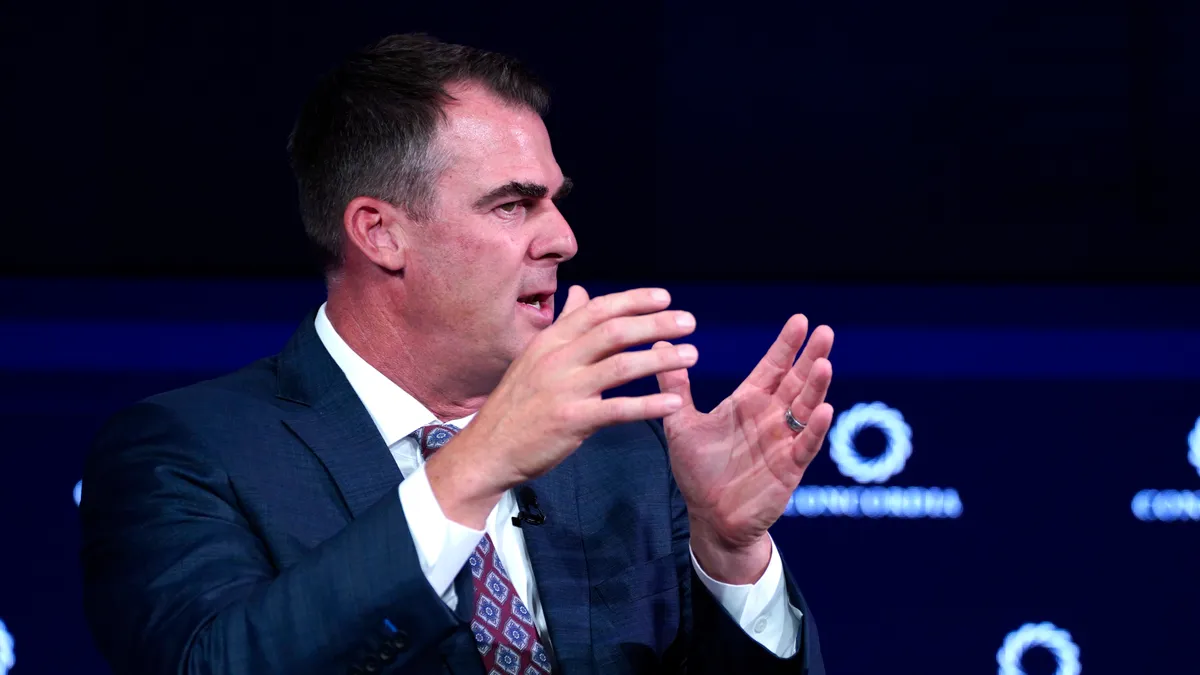Enrollment, retention dips and declining public support for higher education have increased the pressure for institutions to wrangle large gifts to campus. And with 1.5 million other charities across the country all competing for the same dollars, competition for donors is certainly stiff — according to data from the Council for Aid to Education, higher ed amassed $41 billion in funds raised in 2016, compared to $390 billion for other nonprofit organizations.
A recent survey of university gift officers conducted by Ruffalo Noel Levitz found a majority of gift officers feel they are not efficiently using their time to get the maximum impact and more dollars to campus. According to the survey, administrative tasks and bad tracking data are prohibiting officers from spending time meeting with prospective donors to close deals — respondents said they only get to visit 52% of their prospect pool each year, leaving money on the table every cycle.
Poorly managing gift officers’ time
Many gift officers say they are spending too much time scheduling meetings and not enough time actually meeting. Simply having a scheduler or assistant to handle such administrative tasks would make a huge difference, they say. Additionally, internal issues and meetings and distractions take away from valuable face time with donors — 55% said they aren’t spending enough time on solicitation, and nearly 44% said they don’t spend enough time managing the donor relationships. More than one in five say they rely on annual giving campaign notices to keep in touch with donors, and 31% say they rely on the alumni relations office to manage those relationships.
When you consider the high rate of turnover in development offices — a 2013 Chronicle of Philanthropy piece found the average tenure of a fundraiser is 16 months, and the direct and indirect costs of hiring a replacement total $127,650 — it is no wonder donor stewardship is a challenge. The high rate of turnover in development offices is a symptom of high rates of turnover in the presidency, as well as a reflection of the increased pressures associated with the job.
“What we forget is that relationship-building is a science,” said Brian Gawor, RNL’s Vice President of Research. “There’s hoards of data available, but it can’t be a model where you apply the same model to everyone.”
Instead, he said finding ways of personal engagement via a connection to personal stories, experiences and interests — determining where people want to give and why — promotes better success.
It doesn’t take a “re-invention of the fundraising wheel,” but it does take making sure officers are being “deployed at the right moment with the right people and the right message — at scale.”
Focusing on the wrong things
Activity metrics versus success metrics are also detrimental to the overall cause of boosting the bottom line. In many cases, respondents of the RNL survey said their performance was evaluated on volume, meaning officers were rewarded for scheduling more meetings, regardless of closure rates. Because of this need to pad their activity logs, only half of their top prospects are getting visits each year.
Not only that, but wealth ratings, which 86% of gift officers are using, are not necessarily good indicators of a person’s likelihood to give, respondents say. Only 68% use propensity ratings, which are supposed to be more predictive, meaning, as one respondent put it, “We spend too much time chasing rabbits that may not result in much.”
However, said Gawor, development teams are “rarely validating the predictive model.” Despite having volumes of data at their disposal from various parts of the institution, most offices are not good at collaborating across the university to put together a reliable profile of each potential donor which could help “make sure boots on ground are using resources in the most effective way.”
“85% don’t feel it’s hard to ask for money, [but] the assumption that major and planned gift officers are data scientists” is unreasonable, Gawor said.
Many senior giving officers argued the best use of their time would be arming them with enough data for them to make an ask customized to the interests of the donor, with fewer meetings. Allowing lower level staff to focus more on data mining to get information about potential donors’ interests and habits would allow the more senior gift officer to craft a proposal which is most likely to lead to donations.
But doing that extra legwork to properly mine the data is not just good for more efficiently using gift officers’ time, it’s also “better for donors, because they’re being dignified with a really impactful opportunity to give to the university with respect to their interests,” he said.
















